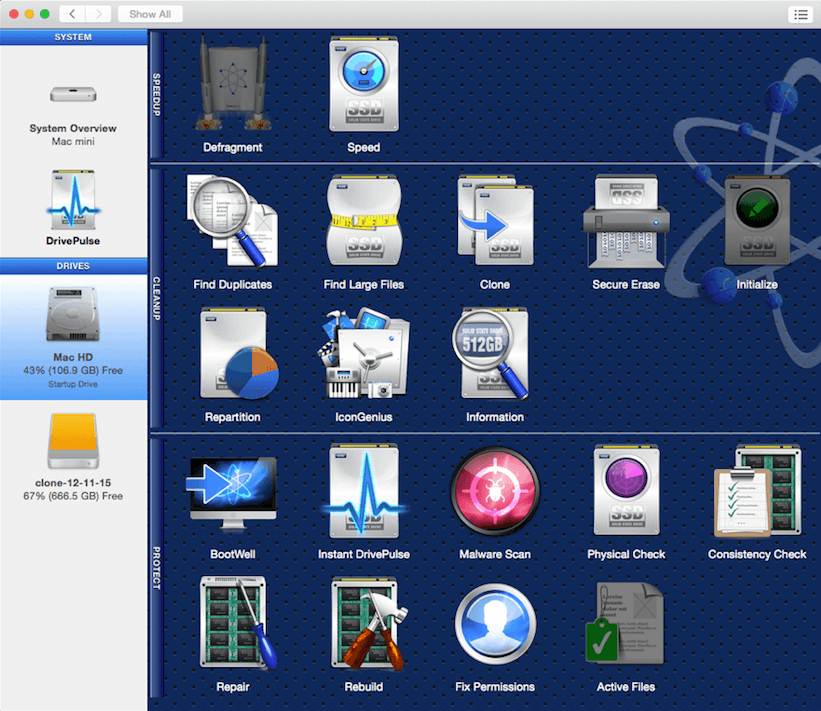
How to Do a Basic Emergency Clean-up on Your Mac? Your trusty Macbook Air running low on disk space? The dreaded ‘’ message has popped up at the most inconvenient time? Happens to the best of us. Here is everything you need to know to easily tackle regular maintenance work and get your Mac back up and running. Step 1: Empty Trash The first thing you should do is. That is right, you might have been doing a decent job at maintaining you Mac clean, however, deleted files still take up space on your hard drive until your Trash is emptied.
If the environment variable is set, you'd know to skip the command files that do the post build steps because you'd know you are running under TFS build. Walking dead issues 17. What if you set an environment variable on your team build server, and then you could write a check into your post build steps to check for that environment variable. You could combine all your post build steps into one script possibly, and then just check the environment variable at the beginning of that script.
Free Download Apple Mac Hard Drive Cleanup Software For Macbook Pro

Apple Mac Hard Drive
To do that simply navigate to your Trash, then right-click and choose ‘Empty Trash’. Step 2: Clean up Desktop & Downloads Once that is done, take the time to review what is going on in your Downloads folder as well as on your Desktop. Check up on all those files you have been downloading, sort away the ones you plan on keeping, and remove the unwanted rest by simply dragging-and-dropping the files to the Trash or hitting Command + Delete after selecting the files. Step 3: Uninstall Rarely Used Apps Follow up by sifting through the apps that you have installed on your Mac. Chances are that some of them have been sitting on your drive for a while without any use at all. Some apps tend to take up major space while other simply clutter your Apple computer with and unnecessary folders. If you want to, then there is no point in keeping the apps that you no longer need.

 0 kommentar(er)
0 kommentar(er)
